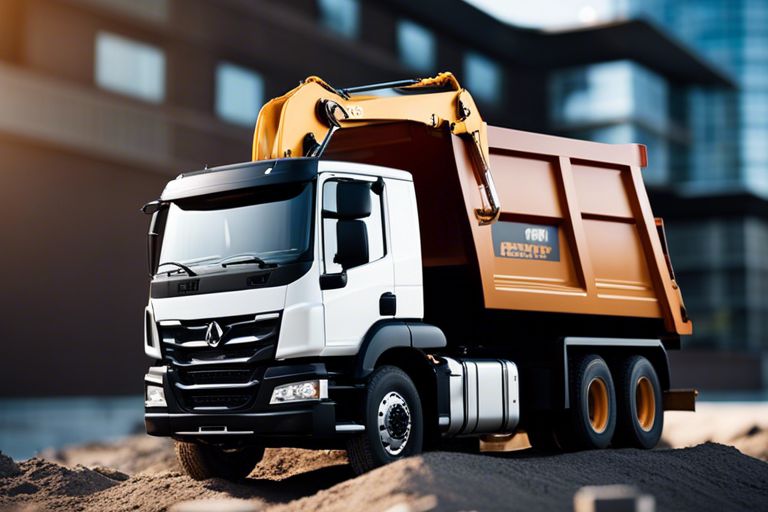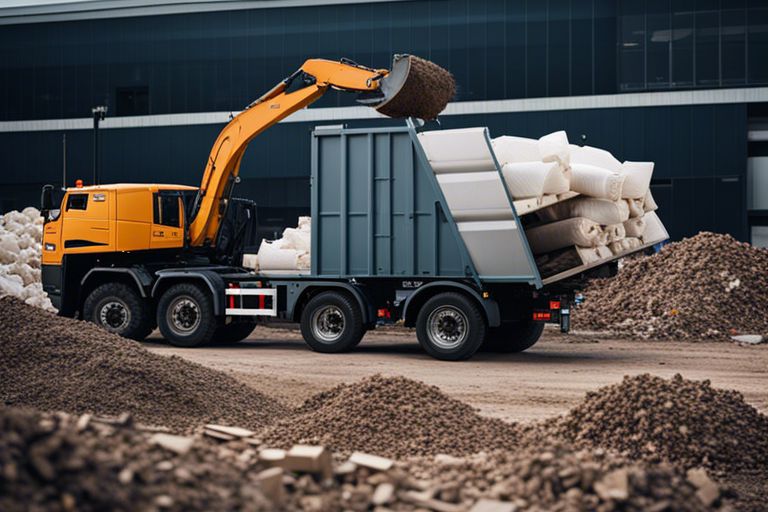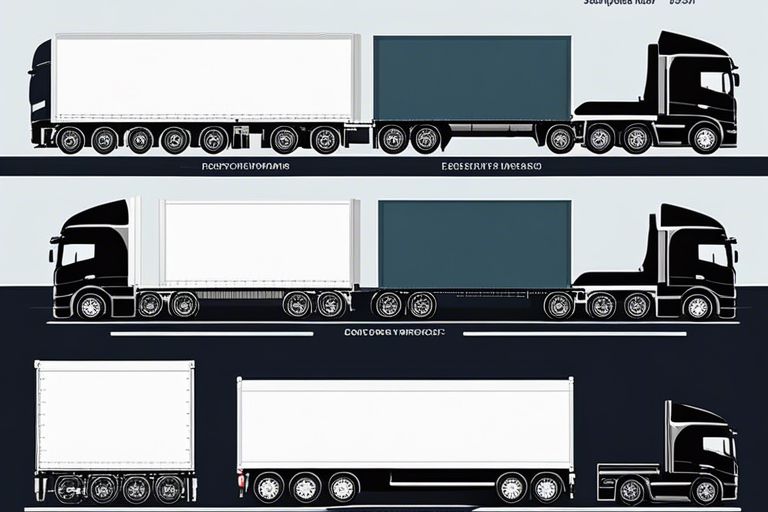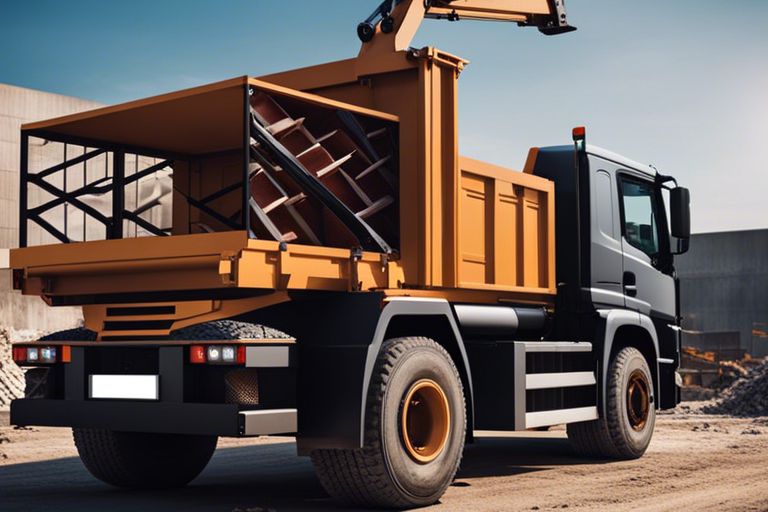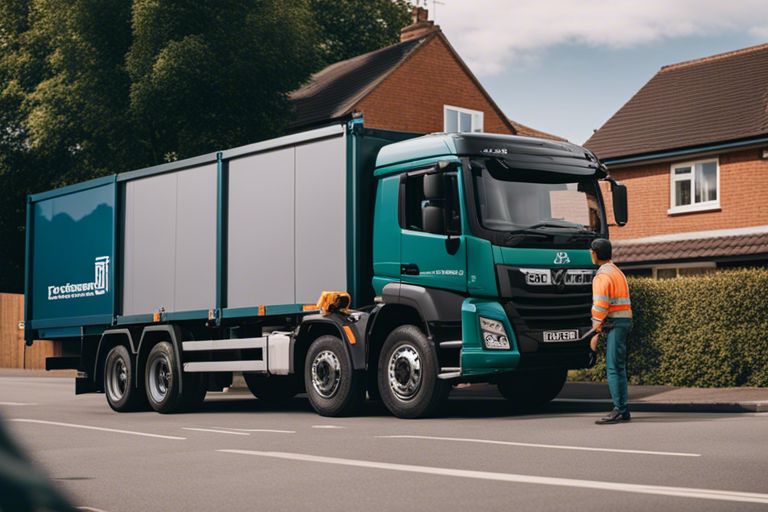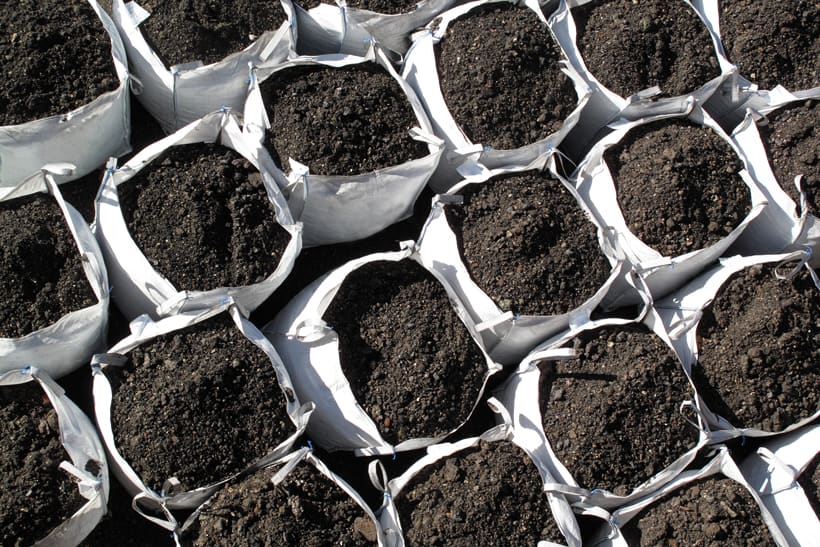Welcome to our informative blog post on the innovative approach to construction – using demolition waste in construction. Did you know that approximately 40% of the world’s waste comes from construction and demolition activities? The impact of this waste on the environment is both dangerous and unsustainable. However, there is a solution – reusing and repurposing demolition waste in construction projects. In this blog post, we will explore the benefits and methods of incorporating demolition waste into construction, and how you can contribute to a more sustainable and eco-friendly building industry. Let’s dive in and explore this exciting new approach to construction!
The Impact of Demolition on Waste Management
When demolition occurs, a significant amount of waste is generated, and managing this waste is a critical concern for the construction industry. Construction and demolition waste (CDW) is a massive, global issue that demands attention. A study on the stabilisation of construction and demolition waste with a focus on fly ash and lime provides insight into potential solutions for effectively managing this waste.
The Volume of Demolition Waste Worldwide
The volume of demolition waste generated worldwide is staggering, with construction and demolition activities accounting for a significant portion of the waste stream. Each year, the construction industry produces millions of tonnes of waste, including concrete, bricks, wood, and metal. This waste poses a huge challenge for waste management systems, as it often ends up in landfill sites, taking up valuable space and contributing to environmental degradation.
Environmental Consequences of Demolition Waste
The environmental consequences of improper management of demolition waste are profound. Hazardous materials such as asbestos, lead, and mercury can be present in demolition waste, posing serious health risks to people and the environment. Additionally, the release of greenhouse gases from decomposing organic waste in landfills contributes to climate change. However, there are opportunities to address these issues and turn the negative impact into a positive one by adopting sustainable practices.
Innovative Approaches to Demolition Waste
When it comes to dealing with demolition waste, innovative approaches have become essential in finding sustainable solutions. This waste, which is usually disposed of in landfills, can be repurposed and used in construction, contributing to a more sustainable and eco-friendly industry. In this chapter, you will discover some of the most innovative approaches to dealing with demolition waste.
Techniques in Waste Segregation and Processing
Effective waste segregation and processing play a crucial role in dealing with demolition waste. By employing advanced sorting and processing technologies, you can extract valuable materials such as metal, concrete, and wood from the waste. These materials can then be reused in new construction projects, reducing the demand for virgin resources. Additionally, proper segregation and processing help in minimising the amount of waste ending up in landfills, thereby reducing environmental impact.
The Emergence of Deconstruction Over Demolition
Deconstruction has emerged as a sustainable alternative to traditional demolition methods. It involves carefully disassembling a building to salvage and reuse its components, rather than simply demolishing it. This approach not only reduces the amount of waste generated, but also saves valuable resources by salvaging materials that would otherwise go to waste. By choosing deconstruction over demolition, you can significantly reduce the environmental impact of construction projects.
I’m pleased to present the second chapter of my blog post on ‘Reconstructing Destruction – Using Demolition Waste in Construction’.
Utilization of Demolition Waste in Construction Projects
When it comes to construction projects, the reuse of demolition waste is not only eco-friendly but also financially beneficial. By repurposing materials such as concrete, bricks, and wood from demolished structures, you can significantly reduce the environmental impact of your project while saving on new materials.
Case Studies: Success Stories in Waste Reclamation
Several construction projects have successfully incorporated demolition waste into their builds, showcasing the possibilities and benefits of waste reclamation. For example, in the renovation of a city building, approximately 80% of the demolition waste was recycled and reused in the new construction. Similarly, in a housing development project, 50% of the concrete rubble from demolished structures was crushed and used as a base for the new roadways.
- City Building Renovation: 80% of demolition waste recycled
- Housing Development Project: 50% of concrete rubble reused
Best Practices for Incorporating Recycled Materials
When incorporating recycled materials into your construction projects, it’s important to follow best practices to ensure the structural integrity and safety of the build. This includes proper testing and quality control of the recycled materials, as well as collaboration with experienced waste management partners to ensure the proper handling and processing of the demolition waste.
Challenges and Opportunities
When considering the use of demolition waste in construction, there are various challenges and opportunities to be aware of. One key challenge is the proper management of deconstruction waste, as it requires careful handling to ensure that valuable materials are salvaged and diverted from landfills. However, this also presents an opportunity to utilise advanced technologies such as 3D reconstruction for efficient waste management and material reuse. If you are interested in learning more about deconstruction waste management through 3D reconstruction, you can find a detailed study here.
Regulatory and Economic Considerations
There are regulatory and economic considerations that need to be addressed when incorporating demolition waste into construction projects. Regulations related to waste management and environmental impact must be carefully followed to ensure compliance and mitigate any adverse effects. From an economic perspective, the cost-effectiveness of using demolition waste as construction materials must be evaluated, taking into account factors such as transportation, processing, and quality control.
Future Outlook and Research Directions
Looking ahead, the future outlook for using demolition waste in construction is promising. With advancements in technology and an increasing emphasis on sustainability, there is a growing interest in exploring innovative ways to incorporate demolition waste into construction practices. Research in this area is focused on developing efficient processes for sorting, processing, and utilising demolition waste, as well as identifying potential areas for further improvement and innovation.
Reconstructing Destruction – Using Demolition Waste in Construction
Ultimately, the use of demolition waste in construction not only reduces the amount of waste sent to landfills, but also minimises the need for virgin materials and decreases the environmental impact of construction. By utilising this waste as a resource, you can contribute to a more sustainable and eco-friendly construction industry. It is time to rethink our approach to waste and embrace the potential of using demolition waste in construction to rebuild and reconstruct in a more responsible and conscientious manner.
FAQ
Q: What is the concept of Reconstructing Destruction – Using Demolition Waste in Construction?
A: Reconstructing Destruction is the concept of using demolition waste as a resource in construction projects to reduce the environmental impact of waste disposal and conserve natural resources.
Q: What are the benefits of using demolition waste in construction?
A: Using demolition waste in construction helps in reducing the amount of waste sent to landfills, conserving natural resources, and lowering the carbon footprint of construction projects. It also provides a cost-effective alternative to traditional construction materials.
Q: What type of demolition waste can be used in construction?
A: Demolition waste such as concrete, bricks, wood, metals, and asphalt can be reused in construction after undergoing processing and treatment to meet quality and safety standards.
Q: How is demolition waste processed for use in construction?
A: Demolition waste is processed through crushing, screening, and sorting to remove contaminants and produce materials suitable for use in construction, such as recycled aggregates and reclaimed materials.
Q: Are there any regulations or standards for using demolition waste in construction?
A: Yes, there are regulations and standards that govern the use of demolition waste in construction, including quality and safety requirements for recycled materials and environmental regulations for waste management and disposal.
Q: What are some examples of construction projects using demolition waste?
A: Examples of construction projects using demolition waste include road and pavement construction using recycled aggregates, building construction using reclaimed bricks and concrete, and infrastructure projects using reclaimed metals and wood.
Q: How can construction companies incorporate the use of demolition waste in their projects?
A: Construction companies can incorporate the use of demolition waste by implementing waste management plans, sourcing recycled materials from certified suppliers, and adopting sustainable construction practices that promote the reuse of waste materials.

